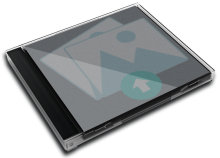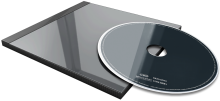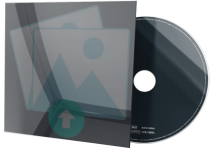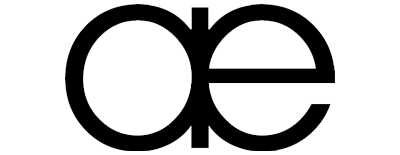Track List
01) VI Scose Poise
02) Cfern
03) Pen Expers
04) Sim Gishel
Cd 2
01) Parhelic Triangle
02) Bine
03) Eidetic Casein
04) Uviol
05) Eidetic Casein
01) VI Scose Poise
02) Cfern
03) Pen Expers
04) Sim Gishel
Cd 2
01) Parhelic Triangle
02) Bine
03) Eidetic Casein
04) Uviol
05) Eidetic Casein
6:56
6:41
7:08
7:14
6:03
4:41
6:12
8:35
8:30
Data Complete 80%
Total Rating
Total Rating
![]() (3 users)
(3 users)
Back Cover![]()
CD Art
3D Case
3D Thumb
3D Flat
3D Face
3D Spine
First Released
![]() 2001
2001
![]() Electronic
Electronic
![]() ---
---
![]() Electronic
Electronic
![]() ---
---
![]() ---
---
![]() Album
Album
![]() 0 copies
0 copies
Album Description
Available in:
With Confield, Sean Booth and Rob Brown largely abandoned the warm ambient sounds of their earlier works such as Amber and Tri Repetae in favour of the more chaotic feel that they had been pursuing with LP5, EP7, and Peel Session. Confield saw the experimental use of computer programs to form the basis of songs instead of stand-alone synthesizers. According to Booth, "Most of Confield came out of experiments with Max that weren't really applicable in a club environment." One of the more controversial aspects of the album's production was, like EP7, the use of generative sequences for certain aspects of the songs. Booth countered this, arguing that although the beats created with the sequences may seem completely random to some people, that he and Brown had tight control over the limits and rules of what the beats could do, and that the concept was no different to the improvisation found in jazz. Although the bases of most of the songs were created by computers, analogue synthesizers and conventional drum machines were in fact used in many of the tracks.
The cover art for this release is a screenshot from a short animation created by Booth and Brown.
Pitchfork Media gave the album an 8.8/10, the highest they have ever rated an Autechre album, claiming that, "For those willing to take these times in stride, Confield promises elegant production, accessibility in moderation, and one of the most enveloping, thought-provoking listening experiences to come forth from leftfield this year." However, Allmusic, giving the album only a 3/5, argued that Confield was "a record to respect, not enjoy," a viewpoint expressed by other review outlets. Despite the record's controversial nature, the album scores an average of 82/100 at Metacritic based on ten reviews, the highest average for any Autechre album on the site.

User Album Review
None...
External Album Reviews
None...
User Comments


Available in:
With Confield, Sean Booth and Rob Brown largely abandoned the warm ambient sounds of their earlier works such as Amber and Tri Repetae in favour of the more chaotic feel that they had been pursuing with LP5, EP7, and Peel Session. Confield saw the experimental use of computer programs to form the basis of songs instead of stand-alone synthesizers. According to Booth, "Most of Confield came out of experiments with Max that weren't really applicable in a club environment." One of the more controversial aspects of the album's production was, like EP7, the use of generative sequences for certain aspects of the songs. Booth countered this, arguing that although the beats created with the sequences may seem completely random to some people, that he and Brown had tight control over the limits and rules of what the beats could do, and that the concept was no different to the improvisation found in jazz. Although the bases of most of the songs were created by computers, analogue synthesizers and conventional drum machines were in fact used in many of the tracks.
The cover art for this release is a screenshot from a short animation created by Booth and Brown.
Pitchfork Media gave the album an 8.8/10, the highest they have ever rated an Autechre album, claiming that, "For those willing to take these times in stride, Confield promises elegant production, accessibility in moderation, and one of the most enveloping, thought-provoking listening experiences to come forth from leftfield this year." However, Allmusic, giving the album only a 3/5, argued that Confield was "a record to respect, not enjoy," a viewpoint expressed by other review outlets. Despite the record's controversial nature, the album scores an average of 82/100 at Metacritic based on ten reviews, the highest average for any Autechre album on the site.
User Album Review
None...
External Album Reviews
None...
User Comments

No comments yet...


